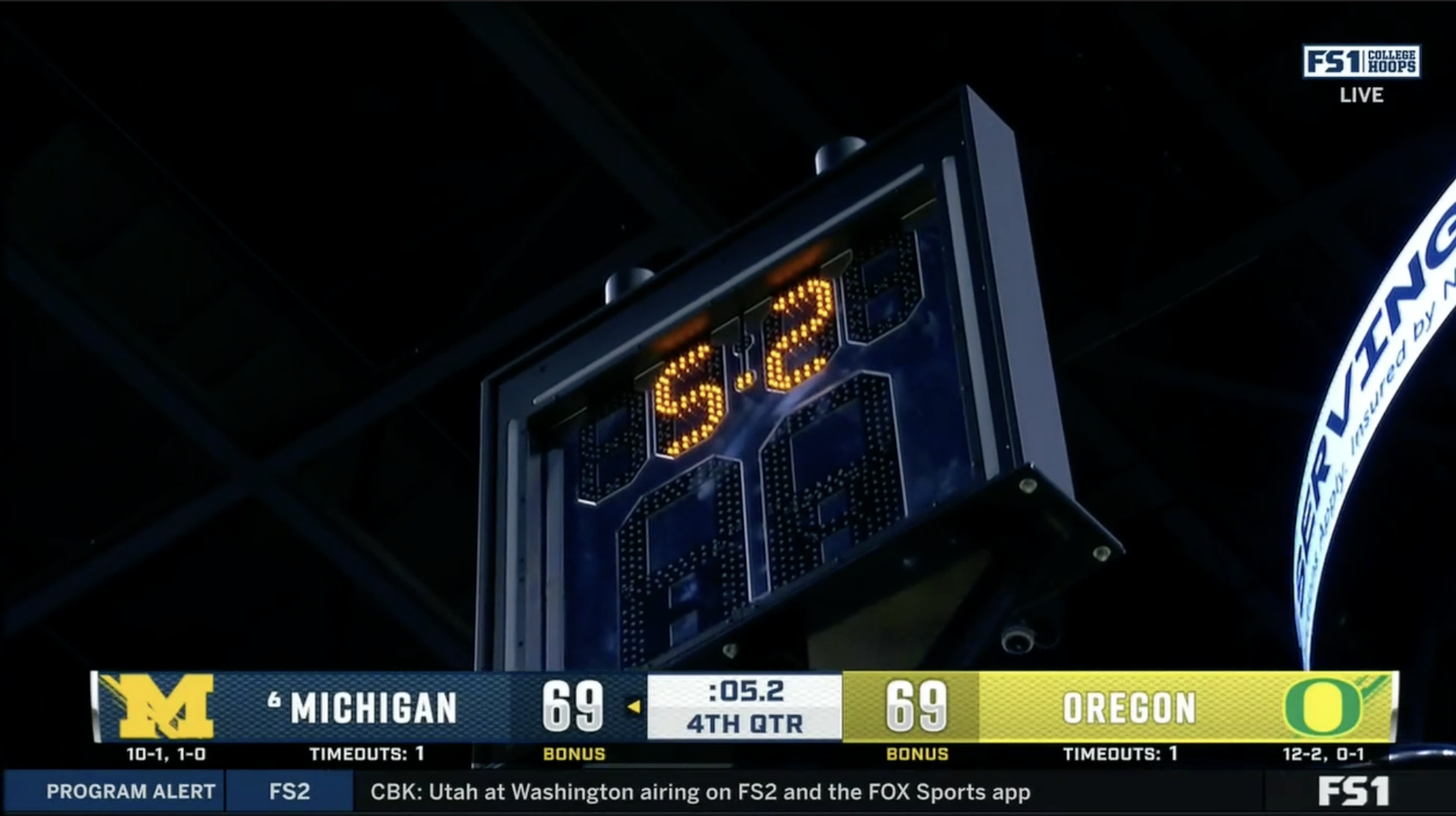On a point-by-point basis, I will remember nothing about the women's final at Wimbledon. Iga Swiatek's 6-0, 6-0 win over Amanda Anisimova on Saturday, which lasted just 57 minutes, was the least competitive major final in recent memory. Swiatek had played for five major finals in the past and won all of them easily. Anisimova, a former teenage prodigy who's taken the scenic route back to the top, had never played a final at this level. One player was so comprehensively prepared, and the other so visibly overwhelmed, that the match never really had a chance to cohere. What I'll remember instead of any specific rally is this turning point in the career of Swiatek, a longtime grass-court non-believer who cast off her delusions, and pulled herself out of a title slump in the process.
Back in 2022, Iga Swiatek established herself as the top player of her generation. She kicked off a two-year, almost uninterrupted stint as the No. 1 player in the world. Here was the tour's most complete baseline game: high-topspin shots powered by elite movement and focus so intense that it often left her opponents holding bagels and breadsticks. During that two-year stretch, at pretty much any tournament, you could pencil her in for at least the semifinals.
But after winning Roland-Garros last June, Swiatek finally cooled off. She began losing to some names that hadn't troubled her at her peak. Her chief rival, Aryna Sabalenka, closed the skill gap, became more consistent across all of the major tournaments, and overtook her in the rankings. At the end of 2024, Swiatek was suspended a month after testing positive for a banned substance that she attributed to a tainted melatonin supplement. She talked about feeling burnt out by the demanding tour schedule. Her win streak at Roland-Garros, her favorite tournament, which she'd won for three years in a row, snapped this past June. Swiatek, though still producing excellent results by any sane standard, was falling short of the standard she herself had set.
Coming into this Wimbledon, Swiatek hadn't won a title in over a year, and was seeded a humble No. 8. Historically, she has treated the grass court season as an exotic jaunt, not worth expending too much effort on, and not long enough to justify deforming a play style optimized for the slower court surfaces. But it now seems that the only thing that was holding her back was her own conviction. There was always a totally sensible case for why Swiatek could master grass courts. Because the modern grass court is, at its core, a movement puzzle. And she is a prodigious mover. The slipperiness of the turf makes it difficult to change direction after, say, running out to hit a defensive shot in one corner and trying to recover to the middle. Those who do not tread carefully will faceplant, because it requires a lot of precision in the footwork—smaller steps, in general. But elsewhere, on clay and hard courts, Swiatek already had the most advanced footwork on tour. Anytime you look, she's always eating up space with a flurry of micro-steps, or getting into a deep knee-scraping lunge to scoop up a low ball, or careening out of the corners. It was only a matter of applying that same foot genius to the specific challenges of the turf.
After the championship, Swiatek's staff spoke about the extra emphasis they'd put on movement this time around, spending a week of grass-season preparation in Mallorca, where they helped her transition from sliding, as she would on clay, to embracing those smaller steps. Her coach, Wim Fissette, had her watching Wimbledon champs Novak Djokovic and Carlos Alcaraz to figure it out. "And I told her, ‘Iga, you've been a game changer for footwork in women's tennis and how you played defense and went from defense to offense. You have to keep being a game changer.’ So we worked a lot on that,'" Fissette told journalist Ben Rothenberg.
She also must have realized that grass wasn't so unfamiliar as she thought. As the lawns wear out over the course of the tournament, particularly near the baseline, and particularly when the days are hot, like they were this year, the grass gives way to dirt and plays a little more like clay. That serves Swiatek's interests, as the world's pre-eminent clay court player. Survive until the second week, and the terrain underfoot would get more hospitable. Swiatek played one three-setter in the second round but otherwise breezed through the entire tournament, getting steadier as it went on, winning her last two rounds to the tune of 6-2, 6-0, 6-0, 6-0. No one would have expected she'd stumble through clay season empty-handed and instead end her title drought in July, but here we are. The 24-year-old Swiatek now holds a major title on every court surface, and having finally discovered her competitive advantages on grass, she'll never write off Wimbledon as futile again. The women's tour hasn't seen a repeat Wimbledon champ since Serena won her last in 2016; for years it felt like anyone's to win. I don't see it that way anymore.







